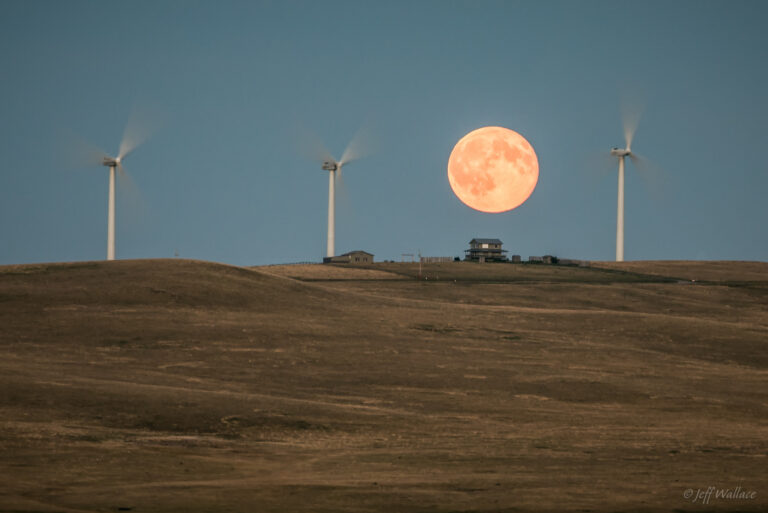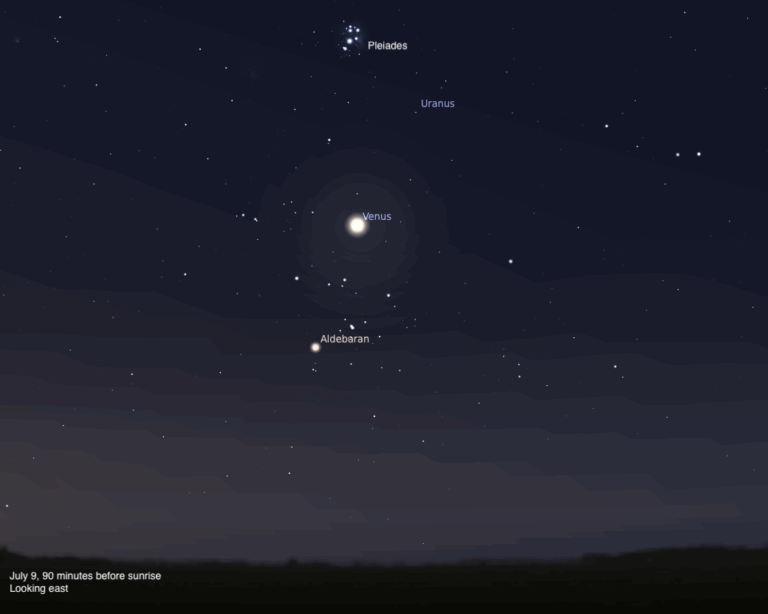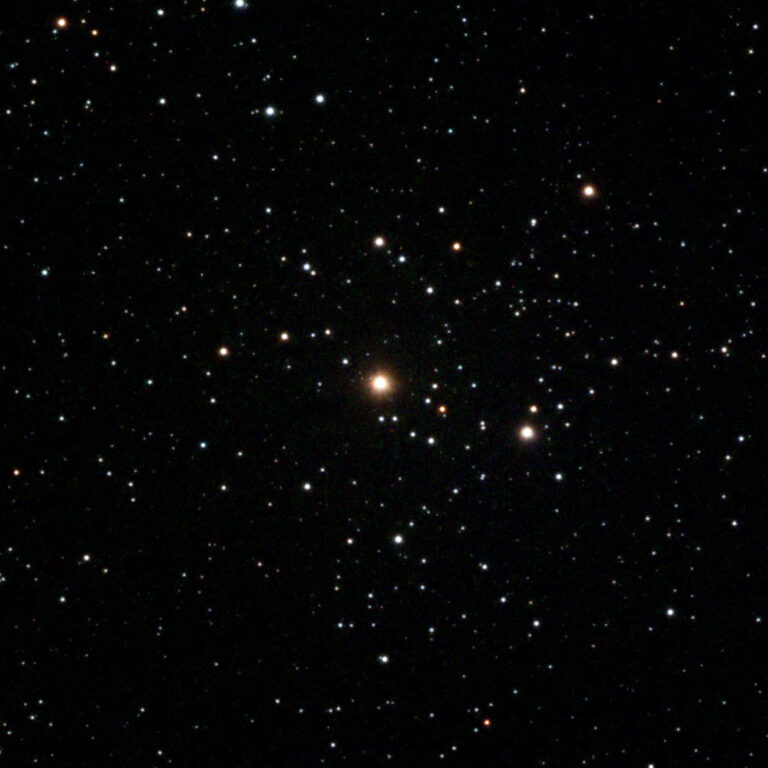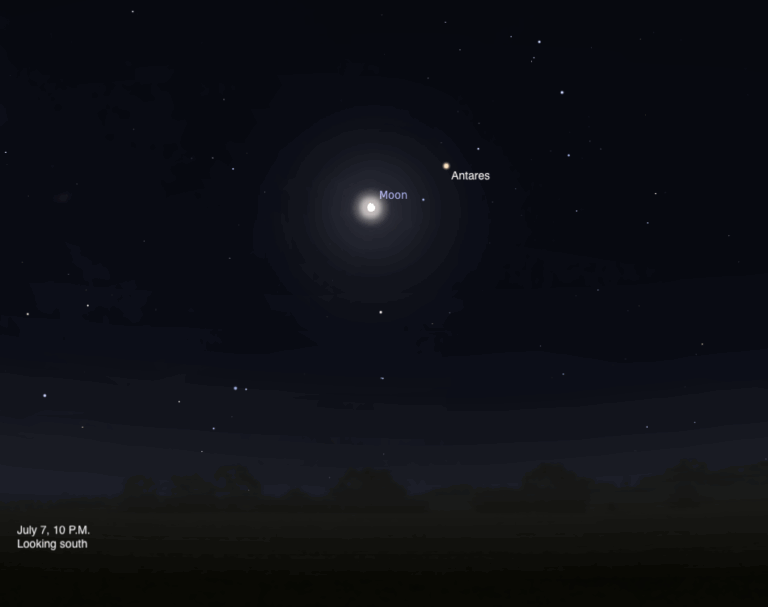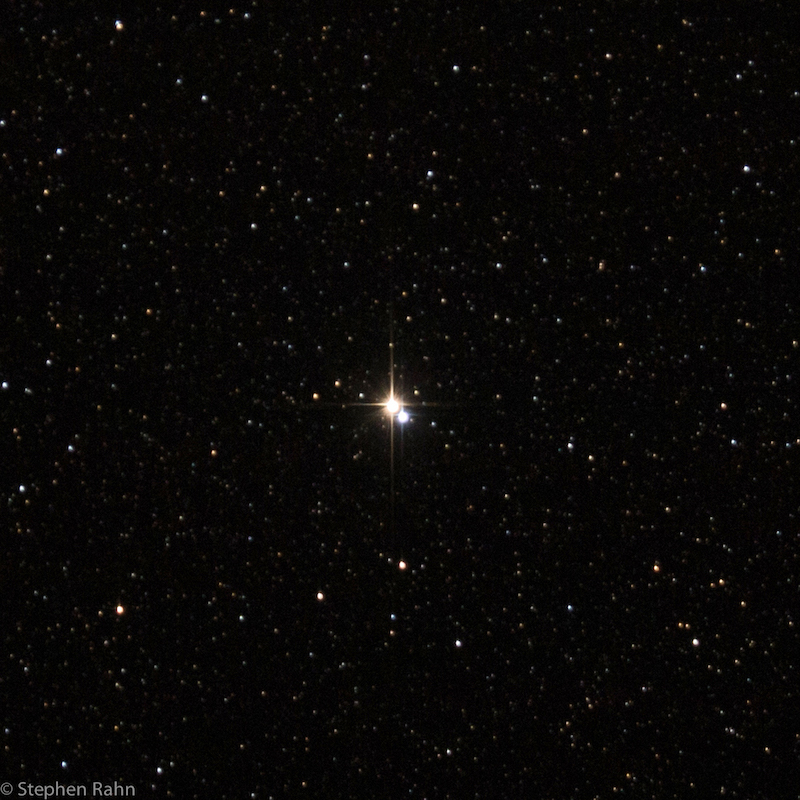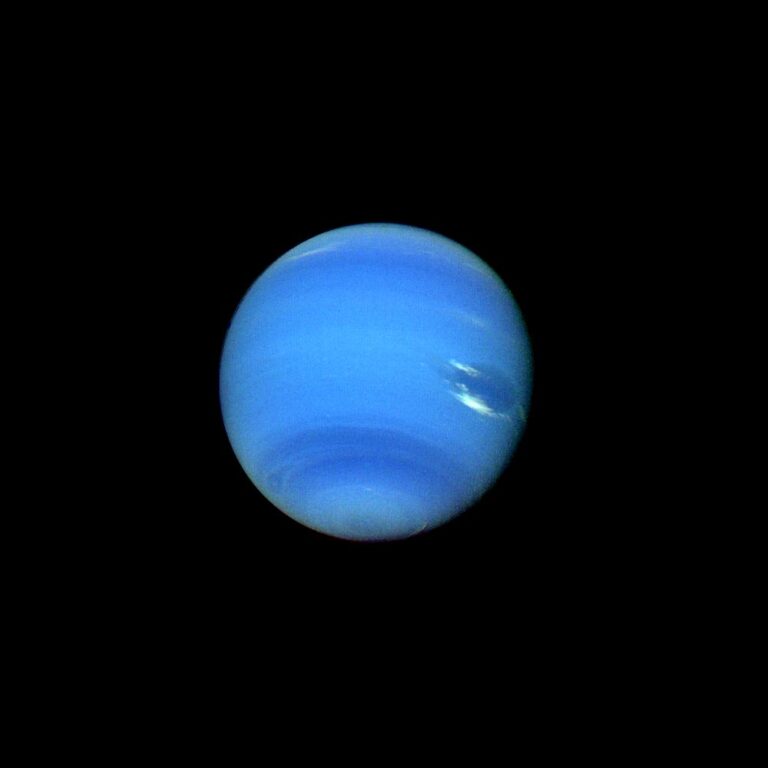
Key Takeaways:
Hi folks, tune in every week of 2023 for the best in astronomy from Astronomy Editor Dave Eicher, brought to you by Celestron. Dave’s weekly video series will cover all the latest sky events, scientific results, overviews of cosmic mysteries, and more!
This week, we’re talking about dark nebulae — objects in the night sky visible not through their brilliance, but by the shadows they cast against a brighter background.
Video transcript:
Welcome to This Week in Astronomy, brought to you by Celestron, the world’s leading manufacturer of telescopes. I’m Dave Eicher, editor of Astronomy, and we’re going to talk about something weird today. You’ve probably heard of a strange type of nebula — a dark nebulae.
Well what are these things? You may have heard of some dark nebulae. There are some famous ones like the Horsehead Nebula in Orion or the famous Coalsack in Crux in the Southern Hemisphere. These are clouds of interstellar dust out in the galaxy. And these block light from stars and from other objects behind them.
And they’re made of really tiny particles — very small particles, about the size of those in smoke. But there are so many of these particles in these clouds that they can block starlight and other things from beyond. So it’s a challenging way to get out there and look at another kind of deep-sky object in our galaxy.
In the early 1900s, Edward E. Barnard, a famous astronomer, became even more famous by cataloging these dark nebulae. You can find the Barnard catalog online and draw up a list of targets, if you’d like to, of dark nebulae to go out and look at in a dark sky, if you can get to one, with your binoculars or your Celestron telescope.
This is a good time of year — the spring and the summer, especially in the summer Milky Way. Head out there, get a list of dark nebulae you’d like to see, and you’ll see another type of creature that lives in our galaxy. I’ll see you next time!
Follow Astronomy magazine, the world’s best-selling astronomy magazine:
🌎 Website: https://astronomy.com
📖 Subscribe: http://subscribe.astronomy.com
📘 Facebook: https://facebook.com/AstronomyMagazine
📸 Instagram: https://instagram.com/astronomy.magazine
🐦 Twitter: https://twitter.com/AstronomyMag
Shop Celestron telescopes:
🔭 Website: https://celestron.com
Follow Dave Eicher:
📘 Facebook: https://facebook.com/davidjohneicher
📸 Instagram: https://instagram.com/eicher.david
🐦 Twitter: https://twitter.com/deicherstar



